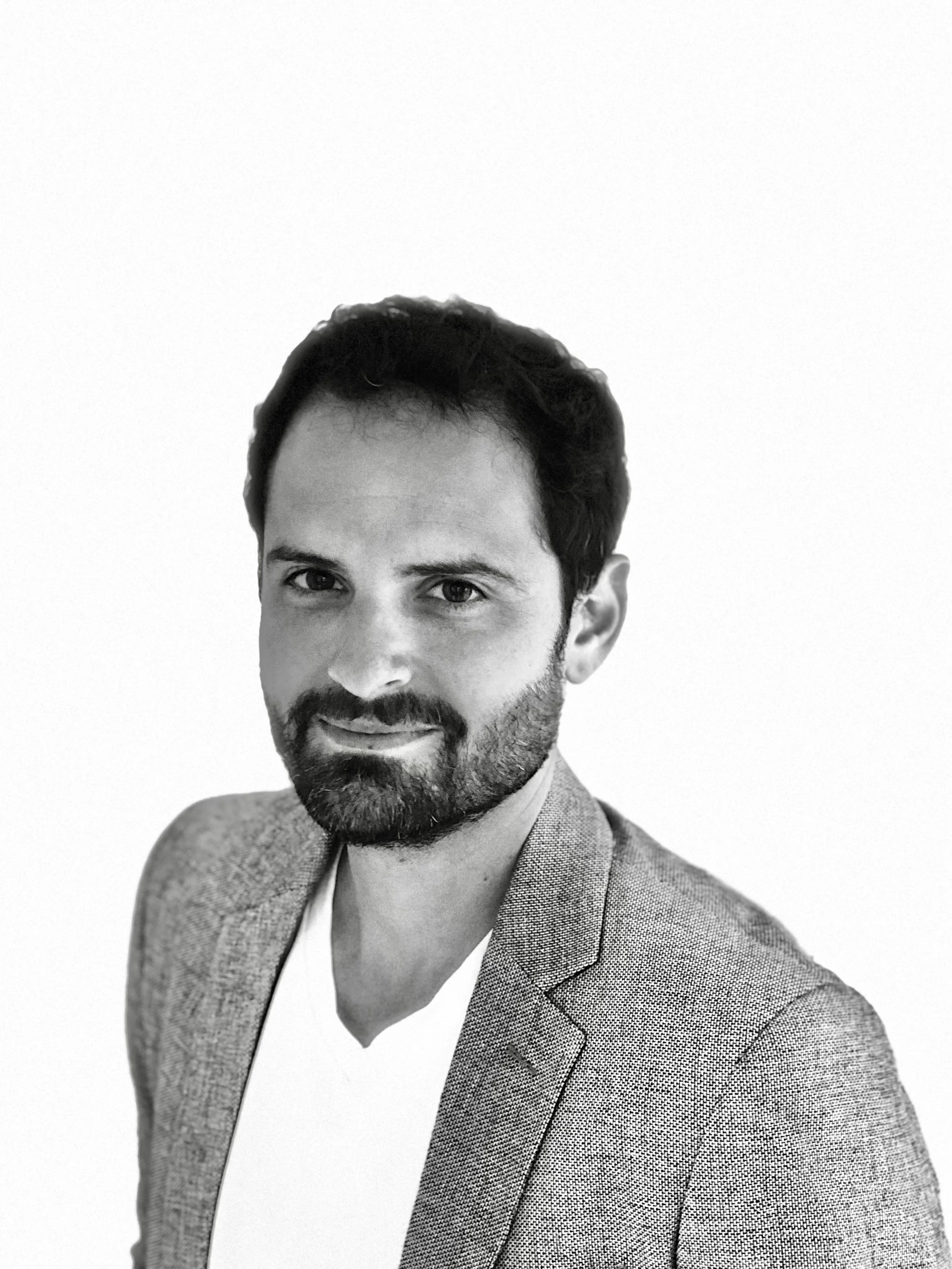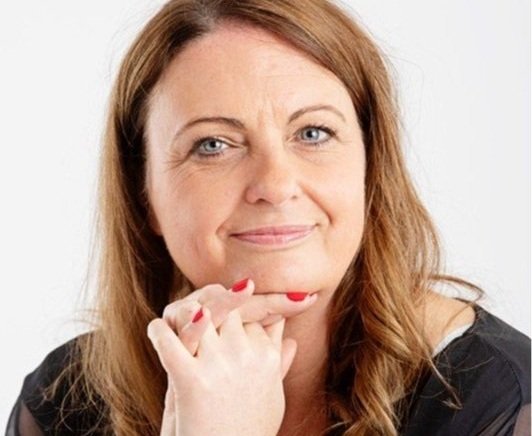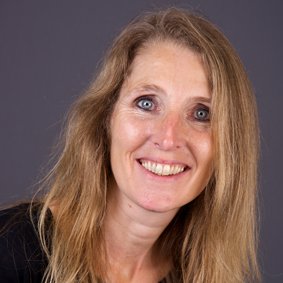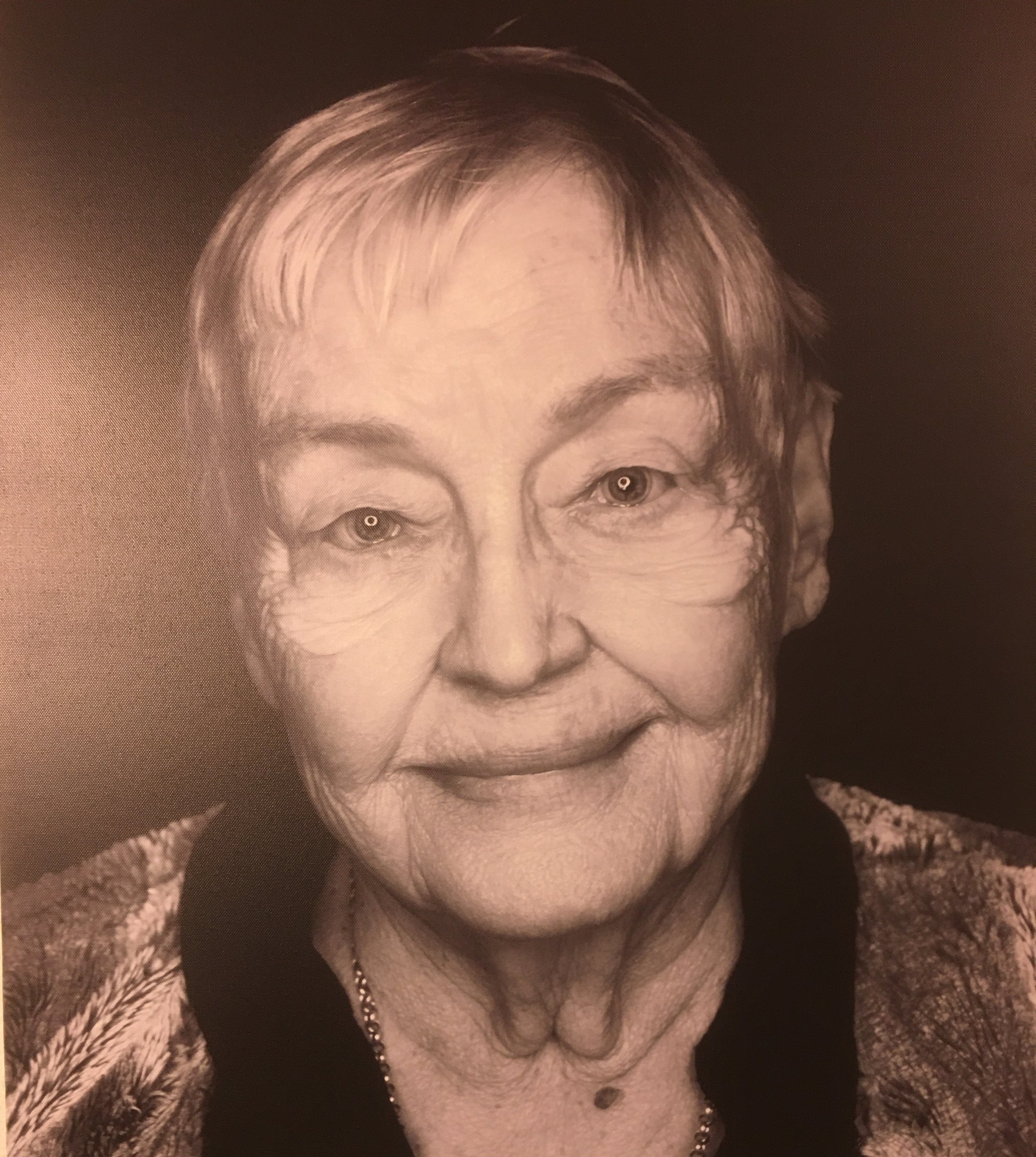Expanding our understanding of male victims of domestic abuse: An interview with Dr Liz Bates
It is becoming more widely recognised that not only can men be victims of domestic abuse, but also that domestic abuse can have a severe and long-term impact on their mental health. Around a third of domestic abuse victims are male victims of female violence, 31.8% of whom will experience physical injuries of some kind, and 41.2% of whom experience mental health or emotional problems. Although female victims have a far higher profile than male victims, the plight of men is becoming more visible, thanks to the dedication of charities such as The ManKind Initiative, and psychologists such as Dr Elizabeth Bates, of the University of Cumbria, UK. Dr Bates can be found discussing male victims not only in the lecture theatre, but in the mainstream media, such as the BBC, and with victim support groups. She has won an award from the Men and Boys Coalition for her work. She is the newly-elected Chair of the Male Psychology Section of the BPS, and will be sharing her knowledge at their conference on June 20-21 at Cumbria this year.
So what led Liz Bates to be interested in the field of male victims of domestic abuse?
Elizabeth Bates (EB): I remember quite clearly a lecture in my third year of my undergraduate degree delivered by Prof Niki Graham-Kevan (who later became my PhD supervisor) on women’s violence and specifically how women could be violent in relationships. I remember thinking I had never realised women could be violent and men victims, and the more I read the more I realised there were significant numbers of male victims but with very little access to help and support. My passion developed from there!
John Barry (JB): What other areas of psychology interest you?
EB: My key interests are domestic violence and abuse and the ways in which violence occurs within the family. I also have interests in critical and community psychology and issues around social justice. I teach a lot of research methods and I am really passionate about the ways in which we can make research more inclusive, it has prompted me to use a wider range of methods such as photo elicitation and deliberative inquiry. Photo elicitation is a technique by which you use visual stimulants such as photos in an interview setting. It has been really powerful at increasing the control a participant has within an interview and also is known to provoke deeper emotional connections to memories.
“Professionally, I have had a lot of support for my work, especially from frontline practitioners who see the complexity of family violence in their role”.
JB: What is the reaction when you tell people what area you work in? Is it different in different contexts e.g. psychologists vs lay people?
EB: I get a mixed reaction that does differ a bit dependent on the audience. Early on in my career, a lot of people were surprised at the topic I was focusing on and described not being aware that men could be victims – interestingly though this was then often followed by examples where they knew someone this had happened to. I think there is more recognition and awareness now and so there is less surprise, although I still see the perception that domestic violence isn’t “as bad” when it happens to men compared to women. Professionally, I have had a lot of support for my work, especially from frontline practitioners who see the complexity of family violence in their role. There is some resistance though from those who advocate for and work with female victims, this is often due to the misconception that advocating for men in this way means taking resources away from women which I am always very clear is not the case.
“Overall people are more aware of the fact men can be victims of this type of violence, but this often isn’t translated into policy, practice or indeed provision of resources.”
JB: Has this attitude changed over time e.g. has the ‘male gender blindness’ of the Panorama programme you wrote about in 2018 changed very much?
EB: Yes there has been some shift in attitudes I think. Overall people are more aware of the fact men can be victims of this type of violence, but this often isn’t translated into policy, practice or indeed provision of resources. There is still a heavily gendered focus within the domestic violence sector despite the evidence base being limited and indeed a much greater body of work evidencing the various alternatives approaches.
JB: Tell us about your 20 Stories video, and what the reaction has been like to it
EB: This is something I am incredibly proud of. Working with colleagues at the University of Cumbria, we put this together based on real quotes from my research data. Where reading men’s stories in the research is impactful, there was something so much more powerful about hearing these words read aloud by men. The reaction to this has been incredible, it has impacted a lot of people including men who have contacted me to share their own experiences.
“…psychological and emotional abuse are non-physical forms of abuse that can be experienced by any victim […] it is this type of abuse that has the most adverse and long-lasting impacts.”
JB: What do you say to people who say ‘men are stronger than women. Violence by a man against a woman is not comparable to violence by a woman to a man’?
EB: I understand this question as men are typically bigger and stronger, and the data does suggest that women are more often injured by domestic violence compared to men. However, in my data and men’s narratives I see examples of where women have overcome any size difference by using weapons (e.g., hitting with objects) or attacking men when they were vulnerable (e.g., when they were drunk, asleep or in the shower). Men are also more reluctant to seek help so we can’t always capture the true extent of the impact of this violence. It’s also important to note that psychological and emotional abuse are non-physical forms of abuse that can be experienced by any victim regardless of gender identity or sexual orientation and the literature suggest it is this type of abuse that has the most adverse and long-lasting impacts.
JB: If men don’t seek help for being the victim of domestic violence, should we feel less sympathy for them?
EB: Absolutely not. Men are less likely to seek help compared to women for a number of reasons including some of the socialisation of boys that encourages them to be tough and stoic and must be able to look after themselves; societal reactions and expression such as “man up” mean men fear the reaction to disclosing they have experienced this particularly from a woman; and a lack of resources and availability of the services that could support them. It is often suggested that men need to change to overcome these barriers to get access to current support systems, but I feel strongly that practitioners and services need to adapt to ensure that all victims feel able to approach and get help. We need to change the system to enable men to seek help.
“Men are less likely to seek help compared to women … but I feel strongly that practitioners and services need to adapt to ensure that all victims feel able to approach and get help. We need to change the system to enable men to seek help.”
JB: Are there many other people at Cumbria studying similar topics to you?
EB: I have a number of colleagues that I am working with on this issue, including Dr Julie Taylor who I’ve published a number of papers and a co-edited book with, and there are two further co-edited volumes currently in progress! I am also working with a number of research assistants and PhD students on the area including Liz Harper and Meagan Poynton.
“I am certain that a desire to gain power over women is a driving force for some men’s violence towards women, but […] There are a multitude of risk factors that predict both men’s and women’s perpetration of violence including childhood trauma and adverse childhood experiences”.
JB: What do you think of patriarchy as an explanation for DV?
EB: The gendered models of domestic violence suggest that it is patriarchy that drives men’s violence towards women, rooted in male privilege and gender inequality. I am certain that a desire to gain power over women is a driving force for some men’s violence towards women, but it is not a one-size-fits-all explanation. The evidence supporting this, or the psychoeducational intervention programmes derived from this approach, is limited and overall shows very little effect from these approaches beyond simple criminal justice intervention. There are a multitude of risk factors that predict both men’s and women’s perpetration of violence including childhood trauma and adverse childhood experiences - the treatment interventions that are working in a more trauma informed way, and recognise the individual risk and protective factors that can influence violence are showing to be much more effective in reducing perpetration.
Picture: Male Psychology Section Conference 2022 Event Page
JB: You recently became Chair of the Male Psychology Section of the British Psychological Society (BPS). What are your main goals for the next three years?
I would like to continue the work of the previous two Chairs and original founders of the Section, Martin Seager and yourself. I would like to continue to raise the profile of the Section, and correct the misconceptions that I know exist (e.g., that we don’t need such a Section, that is it informed by misogynistic attitudes). We need wider membership, including students and those who are also members of other Sections and Divisions. I hope to network with other Chairs during my tenure since we’re looking at issues of interest across the Society.
JB: What do you think would be the most surprising thing for people to learn about the Male Psychology Section?
EB: There are a few things, including those related to the myths there are about male psychology and its importance. I also think people would be surprised by the number of issues that overlap with other sections in the society – for example our interest in mental health and suicide rates which overlaps with areas of clinical and counselling psychology, our interest in men within the criminal justice system which overlaps with the forensic division, and also our commitment to tackling inequalities in education for boys which overlaps with the education section.
JB: The University of Sunderland became the first university in the world to have a module on Male Psychology. Why isn’t this module available at all universities?
EB: This module represents a novel and brilliant exploration of male psychology within a psychology curriculum. I think it would be great to see this replicated across other programmes in the UK and beyond. I know some barriers may be resistance to the idea of having a module focused on male psychology in this way – linked to the misconceptions around us as a Section I’ve mentioned above. I do think some courses will be open to this but perhaps restricted in being able to change their programme around accreditation requirements or internal processes – this points to the possibility of an extracurricular series of seminar or events perhaps, even better would be collaborate across universities to do this!
JB: The Male Psychology Section of the BPS is having it’s first in-person conference on 20-21st June. Can you give us any sneak previews?
EB: Absolutely – we are so excited as a committee for our first in person conference as a Section. Our previous online conferences have been a huge success but we can’t wait to be in person with some of our members and have great opportunities to networking and develop collaborations and partnerships. We have three fantastic Keynote Speakers: Prof Niki Graham-Kevan who will talk about her work with men and boys around domestic violence, Martin Seager who will discuss the lived experience of boys and men across the life cycle and complement the conference theme, which is around the lifespan. Finally we have Dr Naomi Murphy who will discuss her work within the criminal justice system. We have just finalised our programme for the conference and also have some really strong presentation sessions with research talks covering domestic violence, mental health, sexual violence, working with men in help-seeking settings, and children and adolescents. It is going to be a great event with some excellent research presented and great networking opportunities.
Picture: Book by Elizabeth Bates and Julie Taylor called Intimate Partner Violence: New Perspectives in Research and Practice.
JB: Are there gaps in our knowledge about bidirectional intimate partner violence?
EB: Yes. I would say this is still one of the most misunderstood aspect of domestic violence. As a society and within the domestic violence sector and systems, we are still very much geared towards identifying the “perpetrator” and “victim” in any situation. The academic literature that has explored the prevalence of domestic violence suggests that bidirectional violence is the most common and is often associated with more violence and more adverse outcomes. I wrote a short paper in 2016 that highlighted the impact of overlooking bidirectional violence within research and practice as I feel it has significant implications for risk assessment and intervention.
JB: Is there evidence that men who have experienced Intimate partner violence talk about it in a different way than women do?
EB: Yes, although there are similarities too. I think the differences relate to the barriers men face in recognising their experiences and help-seeking. For example, research suggests that men often don’t identify as victims of domestic violence despite acknowledging they experience violence within the relationship. This could be linked to the stereotypes which still portray men as perpetrators and women as victims. This is also likely to be impacted by the ways in which we talk about men’s experiences compared to women’s; for example, across TV and media men’s victimisation is still used as a tool of humour, men are often asked what they did to provoke, and are assumed to have been the initial perpetrator.
JB: Can you tell us a little about your 2019 book Intimate Partner Violence: New Perspectives in Research & Practice e.g. what prompted it, and what has been the reaction from those working in the domestic abuse area?
EB: This book was prompted after a number of years of seeing developments of research in the domestic violence and abuse area, but there being still little change in the public narrative. Dr Julie Taylor and I wanted to develop a volume that included some of the best and most relevant research but make it accessible to researchers, students and practitioners alike. The reaction to the book has been excellent and we are currently working on two new co-edited volumes which includes one about domestic violence against men and boys (due out later this year), and another exploring the issue of domestic violence and children (due out early next year).
Final thoughts
For some people, any discussion of the male victims of domestic abuse is controversial - even threatening - and some advocates have themselves experienced abuse for speaking up. This is even more reason to celebrate the work of people like Liz Bates, who have the moral compass and professionalism to go forward in this under-recognised field, inspiring others to follow. The benefits are not only to the male victims of abuse, but also to their children, their wider families, their workmates, the community, and - not least - the profession of psychology, for whom this topic has been undervalued for too long.
Biography
Dr Elizabeth Bates is a Principal Lecturer at the University of Cumbria, trustee of the ManKind Initiative, and Chair of the British Psychological Society’s Male Psychology Section. Her work and publications explore the experience of male victims of domestic abuse e.g. barriers to help-seeking, post-separation abuse and the impact on children of living in an abusive home.
Further information
If you are a man experiencing domestic abuse, you can call the ManKind Initiative helpline weekdays 10am to 4pm on 01823 334244.
You can see Dr Elizabeth Bates and Professor Nicola Graham-Kevan speaking at the Male Psychology Section conference at the University of Cumbria on 20-21 June 2022.
Scroll down to join the discussion
Disclaimer: This article is for information purposes only and is not a substitute for therapy, legal advice, or other professional opinion. Never disregard such advice because of this article or anything else you have read from the Centre for Male Psychology. The views expressed here do not necessarily reflect those of, or are endorsed by, The Centre for Male Psychology, and we cannot be held responsible for these views. Read our full disclaimer here.
Like our articles?
Click here to subscribe to our FREE newsletter and be first
to hear about news, events, and publications.
Have you got something to say?
Check out our submissions page to find out how to write for us.
.






















































